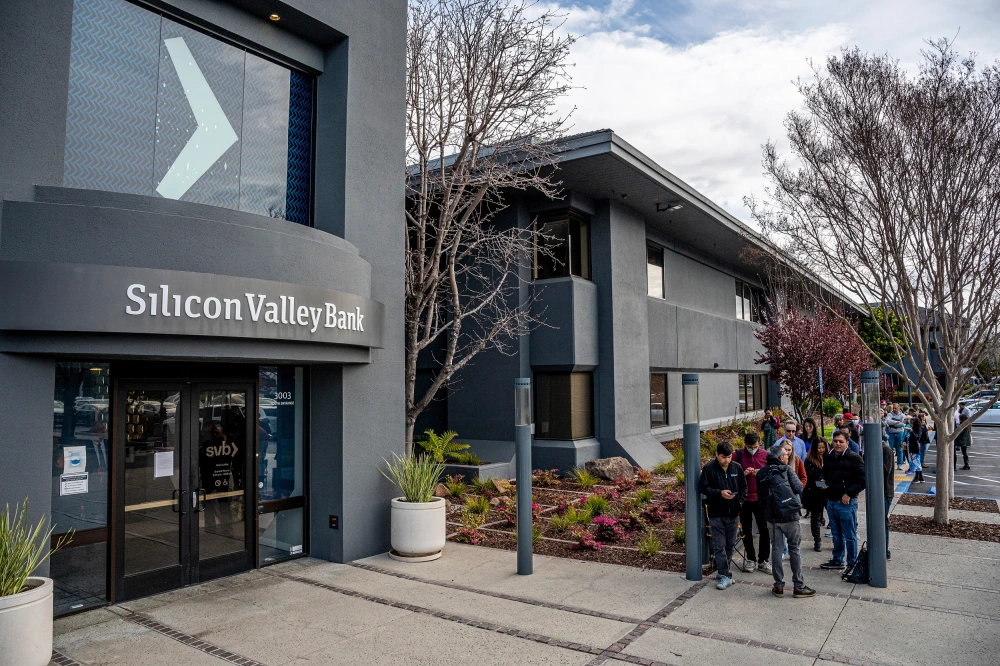On Friday March 10, 2023 Silicon Valley Bank collapsed in what is being regarded as the largest financial crisis since 2008. Currently, more than $175 billion in SVB customer’s investments are being held by federal regulators. Unfortunately, it appears SVB’s demise is no one’s fault but their own, after a few misguided steps in reassuring their client base.
What was SVB?
Silicon Valley Bank was based in the San Francisco Bay Area of California and mostly catered to tech start-ups and other innovative investors. The bank has been historically well-regarded in this area and was the 16th largest commercial bank in the US prior to its collapse. SVB’s holdings are currently being managed by the Federal Deposit Insurance Corporation (FDIC).
What Led to the Collapse?
Ultimately, SVB’s demise was caused by a run on the bank — when too many clients withdraw money at once because they are concerned the institution may fail. While the bank was slightly underperforming compared to forecasts, it was nowhere near insolvent until a wave of paranoia began to reach its investors.

On March 8, SVB sent out a memo to clients stating that they needed to strengthen their balance sheet and raise $2 billion in capital. To achieve this, they ended up selling a massive bond portfolio equaling around $21 billion at a $1.8 billion loss. While this action was intended to reassure investors and shore up their financial position, it caused Moody’s, a top bond rating firm, to downgrade SVB’s rating from stable to negative.
Silicon Valley Bank’s next fatal misstep involves their timing in a new investment. SVB’s executive board and Goldman Sachs, one of their advisors, structured a deal to raise equity with General Atlantic, a venture capital firm. They opted to sell convertible preferred stock which could not be sold until the next day, giving clients time to flee the bank, whereas if they did choose to include this type of security they would have been able to push the deal through overnight before any investors were made aware.
What Does This Mean?
As previously stated, the collapse of SVB is the largest financial crisis since the Great Recession, so there is sure to be major implications, especially paired with the fact Signature Bank of New York met a similar fate the next day.
President Biden promised clients of the banks that they would receive their investments in full even if they exceeded the $250,000 mark, however it is unclear how the government plans to do this and how the public will feel about this pseudo-Bailout situation. This move is likely to bolster confidence in other institutions, especially smaller banks and the US government as a whole.
Effects of the crash have already been seen through the stock market, as some smaller bank stocks have been plummeting as well as start-ups that relied on the bank’s funding. Markets such as tech and cryptocurrency could suffer the most as these institutions primarily serviced those niche groups.
Follow @VALLEYmag on Twitter to keep up with all of the latest current events!





